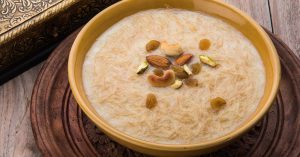Photo Story: These Rare Pictures Bring to Life Untold Stories From India’s History
Connecting with people of the subcontinent via their social media handles, these libraries are preserving these rare pictures and precious stories of common people in various mediums.
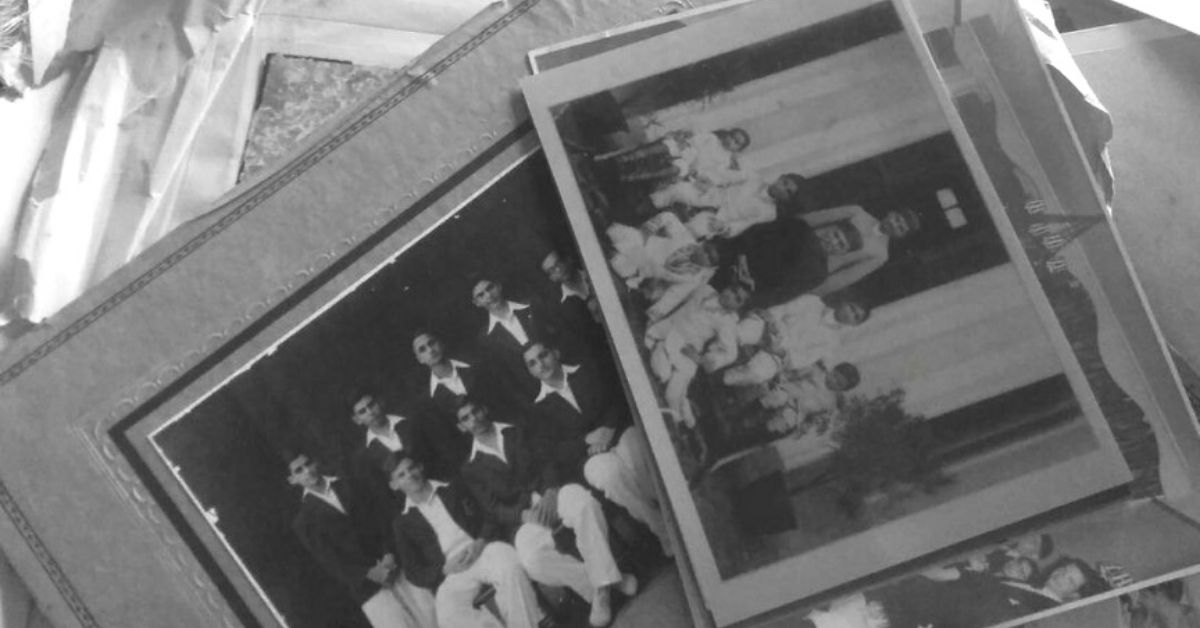
Why do we click pictures?
To capture a memory? To tell a story? To show something in a different light? To enjoy the aesthetics of a moment? The reasons are clearly multifold.
Pictures are also a medium of remembrance—they help us recall our loved ones, those who made a mark, or simply, capture for posterity, a spark of our essence.
We all have albums that are keepsakes and treasures of moments long gone by. Snapshots that were taken through eyes that have lived the history of our country. We keep them locked away in cupboards, cabinets, and suitcases, bring them out in moments of nostalgia and then put them back again, fearing rain, insects, mould, and the ravages of time.
Now, thanks to technology, a few crowdsourced online platforms are doing the job of keeping these precious memories safe.
The Citizens Archive of India, Past Perfect Heritage Management, and 1947 Partition Archives, among others, are digital repositories of old photographs.
Connecting with people of the subcontinent via their social media handles, these libraries are preserving the pictures and stories of the common person in various mediums.
Documenting Personal Stories From a Bygone Era
Started by Sanghamitra Chatterjee and Deepti Anand in April 2016, Past Perfect takes the art of archiving to a larger audience.
With the intention of making history more appetising and palatable by using various ways of communication and dissemination, PastPerfect dabbles in multiple histories which helps us understand the value of micro-stories amidst larger contexts.
Talking to The Better India (TBI) about the need to archive people’s stories which can help us dive deeper into our history, Deepti Anand, co-founder, Past Perfect Heritage Management says, “We strongly believe that written records are not the only form of documentation and oral traditions and memory play a huge role in articulating experiential history. We think it’s very important to remember that history was never only about an event, but also about the experiences set around that event and stories of individuals who lived through and witnessed such events.”
Take this picture for instance.
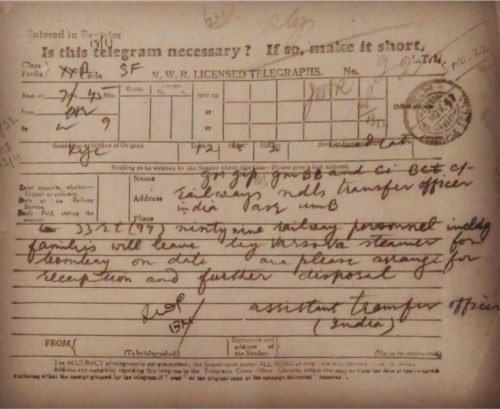
It is a telegram detailing the evacuation of refugees to the port of Bombay on the Versova Steamer in 1947.
Many families left behind their homes, belongings, and property, gathering up what was most precious and leaving everything else for their “new” nation. It took almost three days for the ships to reach Indian shores and we can imagine the trepidation, fear, anxiety, and hope in the hearts of these 99 railway personnel travelling with their families.
When we look at a picture, it almost always evokes a response. A smile, a frown, horror, a wry twist to the lips, nonchalance, and sometimes even awe.
Like this one:
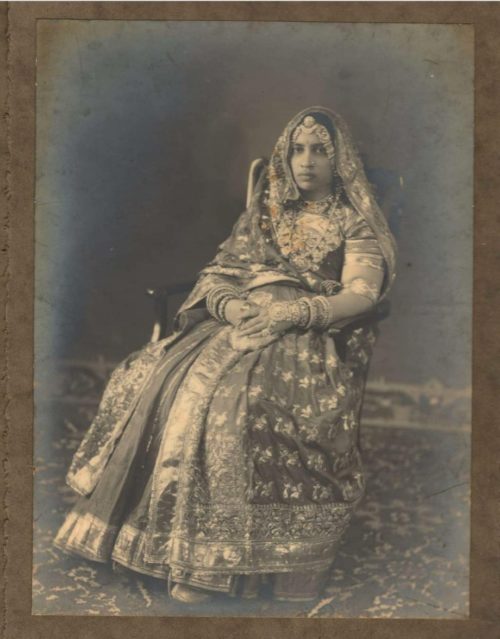
Lounging regally in a chair, resplendent in her traditional fineries is this Marwari bairi. Ghagra-choli, a pallu wrapped around her head, her forehead adorned in a grand borla and maathaapatti, a neckpiece embedded with precious stones. Her ghagra (skirt) is heavy with intricate Aari Tari work with golden wire. What stood out for me was her serene countenance and evocative eyes.
Preserving such treasures is important but it must be a time-consuming process, right?
“Absolutely,” says Malvika, Archive Director at The Citizens’ Archive of India, an oral history archive that interviews people and collects their photographs.
“The archival process is a long one. First, we identify interviewees and interview them, usually over multiple sessions. These interviews, taken in audio and video formats are edited and transcribed. Keywords and theme indices are created from the transcripts, and this is all put into a detailed catalogue so individual stories can be easily retrieved.”
The team then returns to the homes of the interviewees to go through their old photographs and documents with them. The time, date, and places where the pictures were taken and the story of what is happening in the photograph goes into the material collection catalogue.
“So as you see, the really fun part, which is collecting the interviews and photographs, is only about 30 per cent of the whole job. Archiving the interviews is a time-consuming process, but it is very important so that the interviews can be of use to people. However, it is very satisfying to take the time to do it correctly,” she adds.
Archives: A Powerful Tool to Understand Our Past
The ancients carved in stone, the medievals sat for painting sessions, and then came the camera studios churning out albums upon albums full of snapshots.
But in present times, the tips of our fingers do the job of capturing a moment. A click, upload to the cloud storage, and we have our memories preserved forever.
But what of those moments that speak so eloquently through thick black and white paper. The sepia-tinted stories that bear witness to the ages, curling in at the edges, cracks appearing on their surface.
By methodically amassing and archiving pieces of pictorial and material history, such online initiatives are allowing our past to finally speak through the tongues of the masses, and eyes who have seen the ebb and flow of time. They can sculpt the historical discourse and help us evaluate the society we live in, its evolution and perhaps, give context to the decision-making process.
Here is a collection of some interesting pictures sourced from The Citizens’ Archive of India.
Dr Rajendra Prasad’s carriage on the First Republic Day
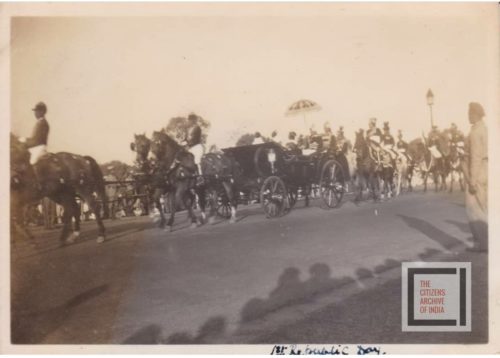
Resume from 1939

Breaking the Glass Ceiling
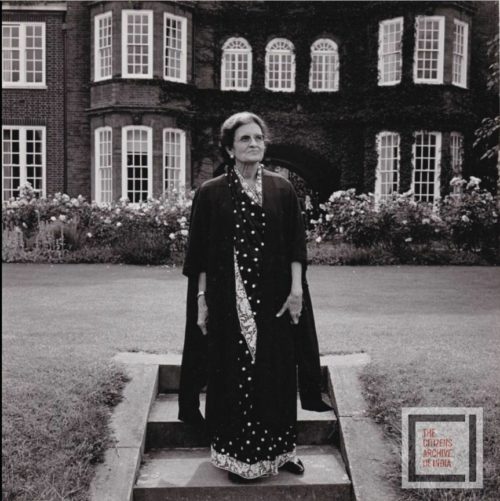
A ‘Rani’ In Azad Hind Fauj
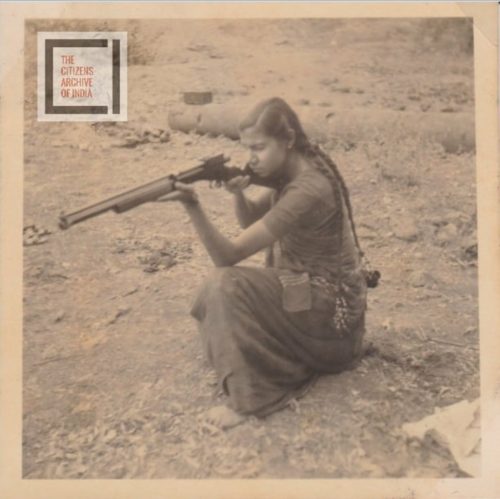
A Proud Sister Kissing Her Brother’s Maha Vir Chakra
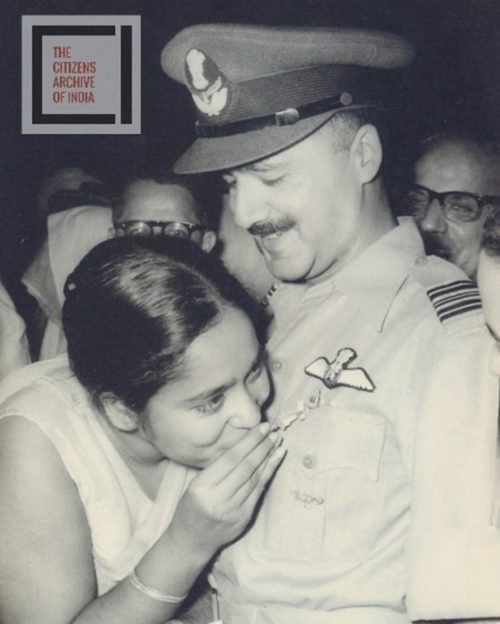
100-year-old Cash Register
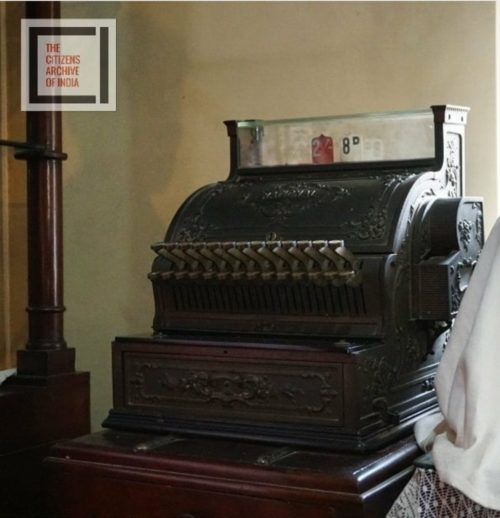
The RIN in a Saree
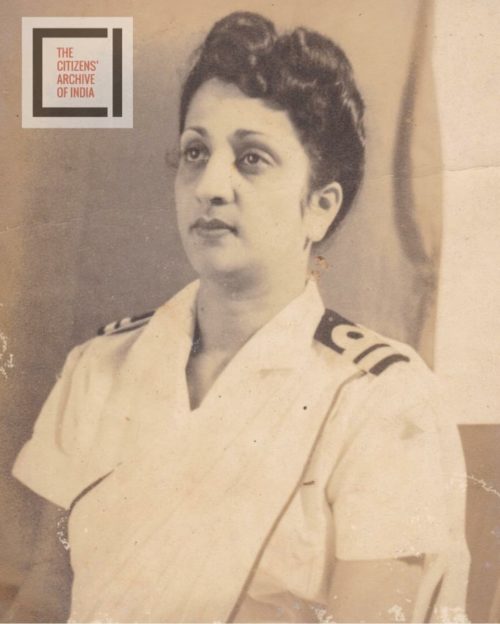
Have a memory to share? Visit Past Perfect Heritage Management and Citizens’ Archive of India.
Feature Image Courtesy: Past Perfect Heritage Management
(Edited by Gayatri Mishra)
Like this story? Or have something to share?
Write to us: [email protected]
Connect with us on Facebook and Twitter.
This story made me
-
97
-
121
-
89
-
167
Tell Us More
We bring stories straight from the heart of India, to inspire millions and create a wave of impact. Our positive movement is growing bigger everyday, and we would love for you to join it.
Please contribute whatever you can, every little penny helps our team in bringing you more stories that support dreams and spread hope.







